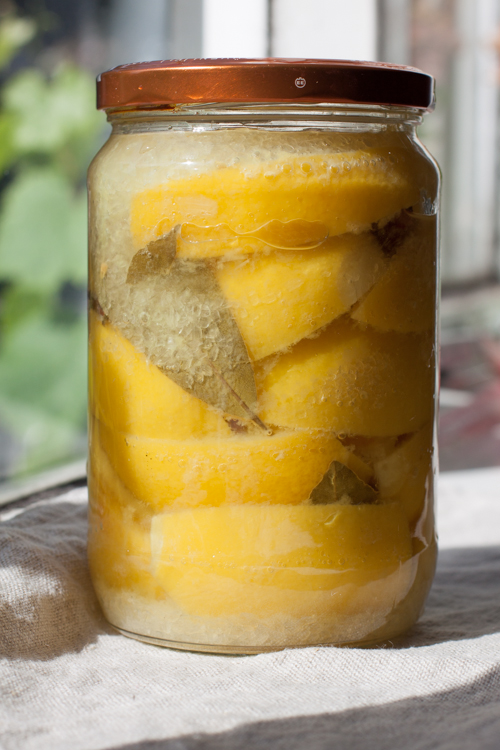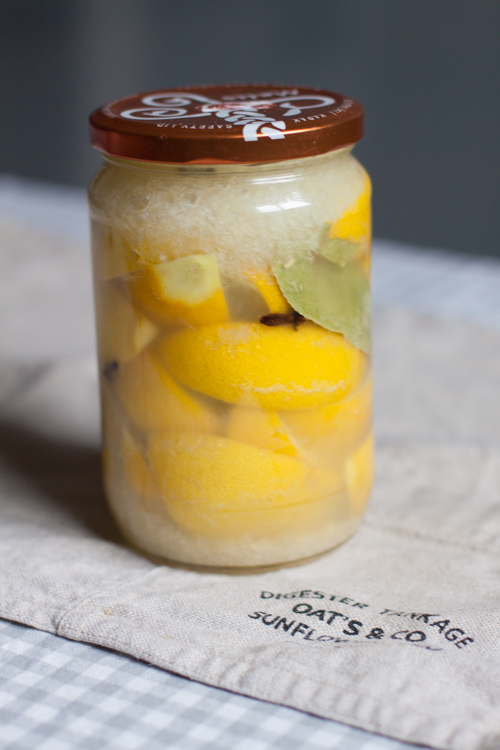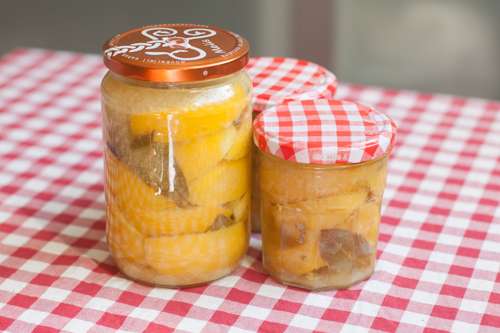Preserved lemons
 Wednesday, July 4, 2018 at 9:36PM
Wednesday, July 4, 2018 at 9:36PM 
I’ve been eagerly anticipating today for two months now. Birthday? Holidays? No! My preserved lemons are ready.
I love Love LOVE preserved lemons. They transform any dish into something special. I mostly use them in Middle Eastern inspired dishes – tagine, cous cous, Ottolenghi-style salads. They also add an interesting twist to fish dishes, dips and seafood pasta.
I used Amalfi lemons from Natoora for this batch, so I am especially excited about them, but any unwaxed lemons will do. You need to leave them for at least two months before using and they get better and better with age. These ones are still yellow, but my Dad used to have some so old they had turned brown. You can still use them, just be aware that their flavour intensifies with age so you don’t need to use very much with very mature ones.
It really is worth making your own. My friend Jules says "shop-bought ones taste like washing up liquid". I think she's overselling them – they have very little flavour at all in my opinion. I find them so bland that I end up using a whole jar in one dish just to get the same flavour as one wedge of homemade ones.
These are very simple and easy to make. It’s just waiting for them that’s painful.
 Before preserving
Before preserving
Ingredients
8-10 unwaxed lemons
Juice of 2 lemons, if required
250g coarsely ground rock salt, approx.
3 cloves
1 stick cinnamon
2 bay leaves
Method
Sterilise several glass jars and their lids by washing with hot soapy water, rinsing and putting in the oven at 120C, upside down on rack, for 10 minutes.
Wash the lemons and cut into 8 segments. Put in a large bowl and massage well to let the juices flow. Add most of the salt and mix together.
Put a little salt in the bottom of a jar then start layering the lemons, adding the spices and herbs intermittently as you go. You can do this however you like, but I try to put the skins facing outwards so it looks pretty. Repeat until you have used all the lemons.


Reader Comments (1)
Ah - peserved lemons reminds me of all those amazing meals the Pisnella Posse has cooked using home grown lemons from the Busot estate .I had no idea that the preservation process was so straighforward. I need to have a go.